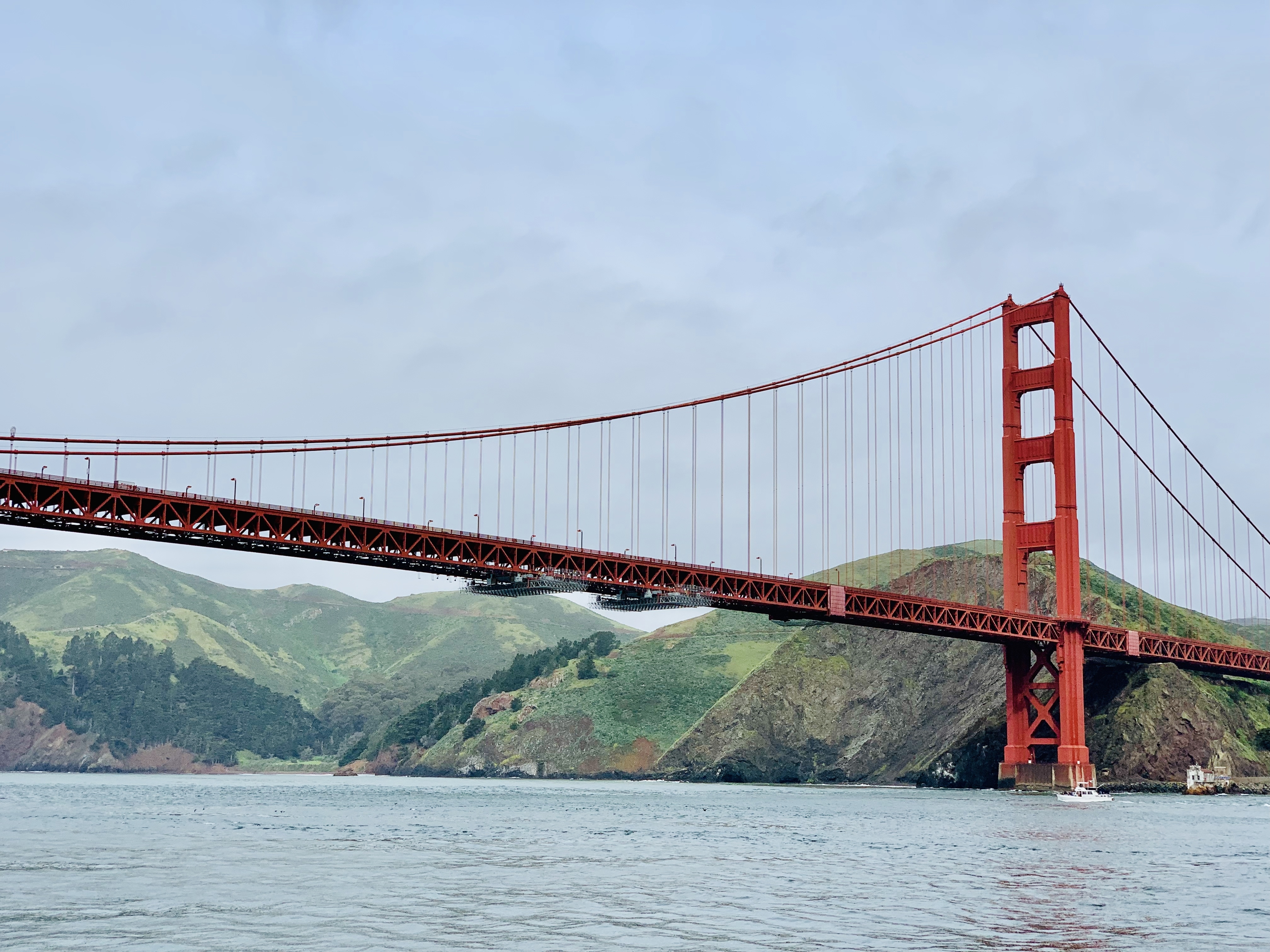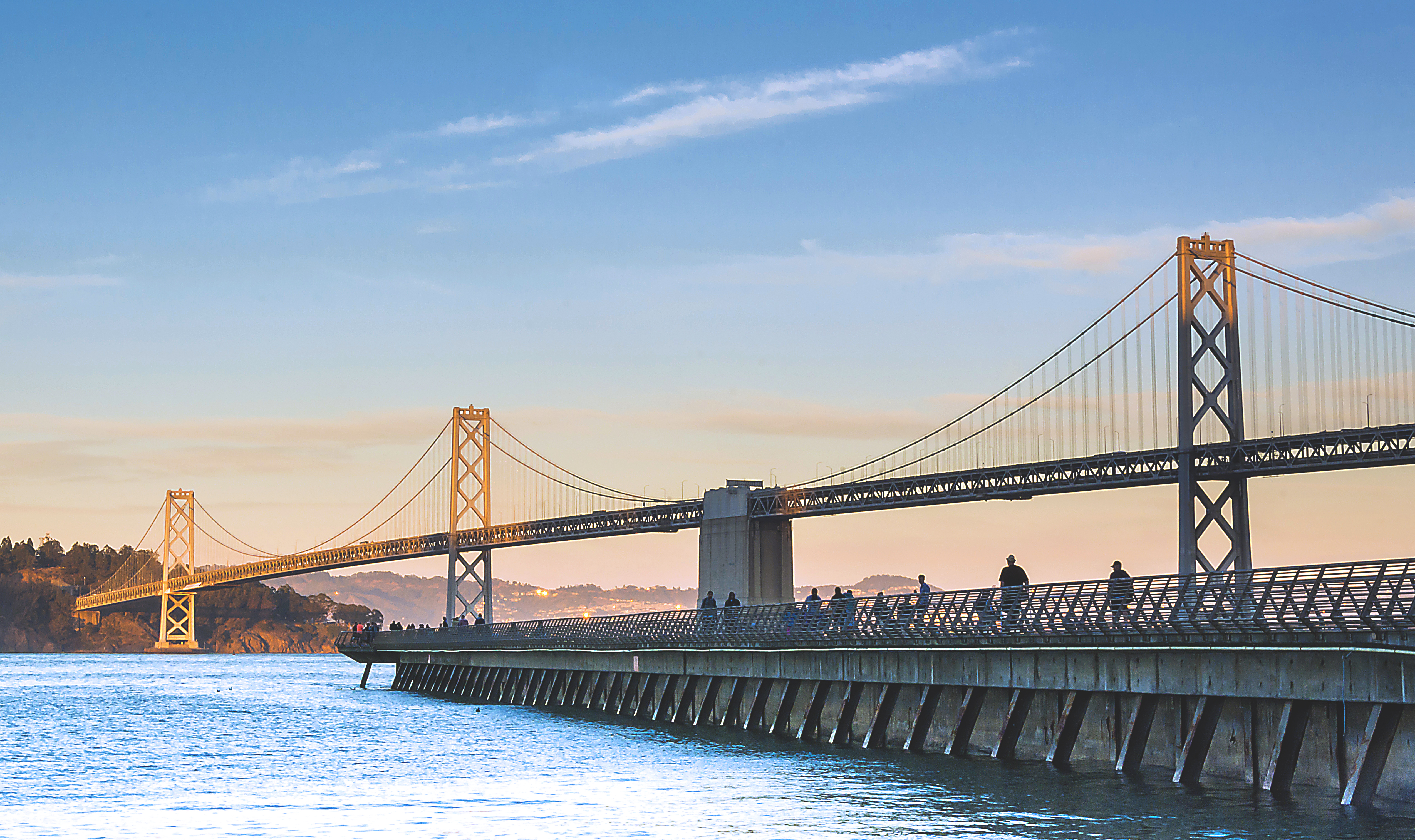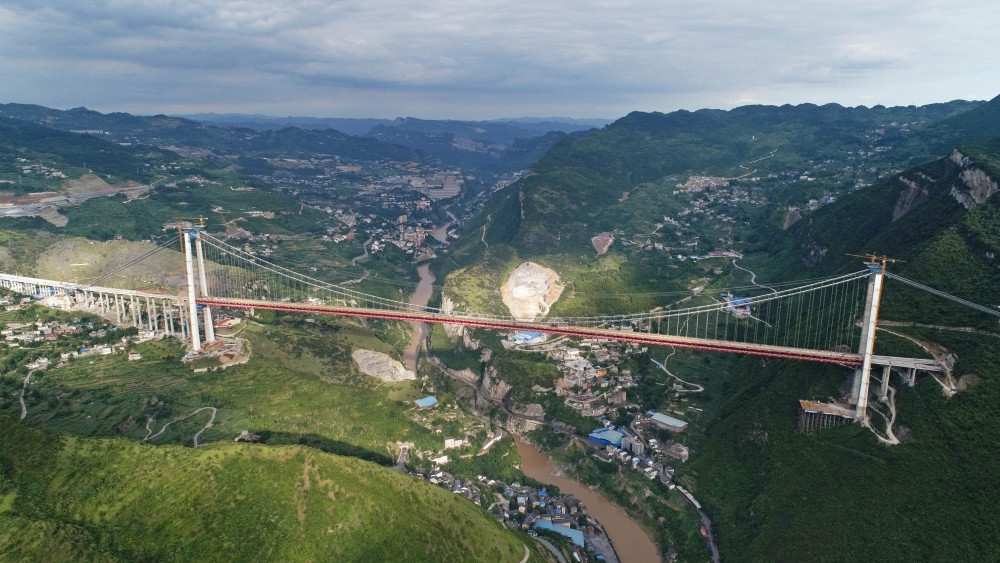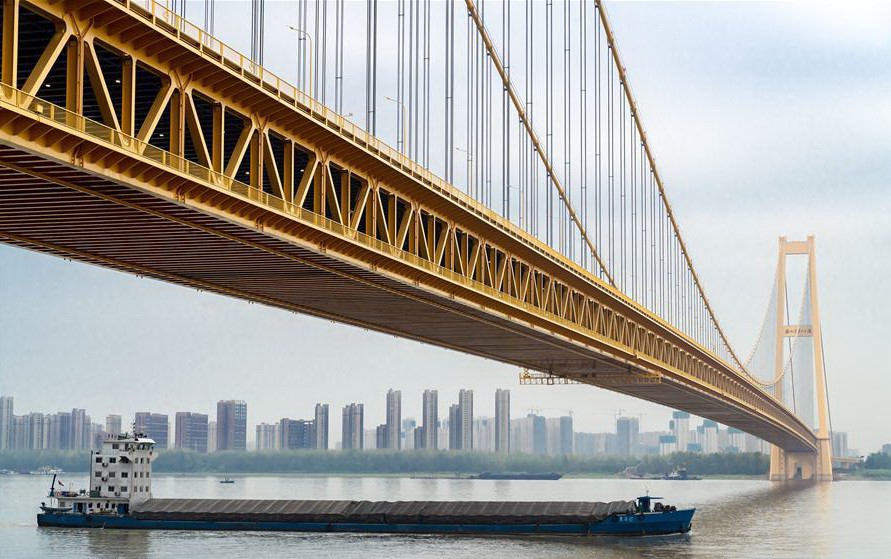Suspension Bridges – A Trend in Modern Transportation Infrastructure
In the context of transportation infrastructure increasingly demanding a balance between functionality, aesthetics, and environmental protection, suspension bridges are gradually establishing themselves as an optimal solution, widely adopted and actively implemented by many developed countries.
Why Are Suspension Bridges Becoming a Trend?
Suspension bridges are a type of bridge that use a system of tensioned load-bearing cables, forming their characteristic graceful curves. This structural feature allows the bridge to span long distances and traverse complex terrains such as deep rivers, high mountains, or steep valleys without the need for dense intermediate supports. This is a major advantage in contexts where land is limited and the preservation of natural landscapes is increasingly prioritized.

🌿 Environmental Respect – Minimizing Natural Impact
Unlike many other types of bridges that require deep intervention into riverbeds or soil, suspension bridges typically feature lightweight structures built at height, minimizing impact on the surrounding ecosystem. As a result, this model is particularly suitable for areas with high conservation requirements for terrain and landscapes, or for developing eco-friendly and smart urban areas.
🎨 Design Elegance – Creating Urban Architectural Landmarks
Beyond being a technical solution, suspension bridges also create striking visual highlights with their slender, gently parabolic curves. This is one of the reasons why such bridges frequently appear in major cities around the world, including the United States, Canada, and China – serving both as transportation links and as cultural and architectural landmarks.

💸 Cost Optimization – Long-Term Sustainability
Many advanced countries are currently seeking infrastructure solutions that are both sustainable and cost-effective to operate. Suspension bridges—with their lightweight structure, modern materials, and ease of inspection and maintenance—are considered a smart choice to reduce long-term investment costs while ensuring operational efficiency.
🌍 Global Trend
From the Americas to Asia, an increasing number of cities are prioritizing investment in suspension bridges to connect regions, promote economic, tourism, and logistics development, while preserving natural beauty. These bridges are not only a transportation solution but also a statement of modern architecture: smart, green, and sustainable.
In Asia, China stands out for its extensive application of suspension bridges in highway projects spanning mountains, major rivers such as the Yangtze, or deep valleys, as seen in Guizhou Province. The country’s rapid infrastructure development reflects the flexible applicability, scalability, and practical efficiency of the suspension bridge model.
Beyond the scale of deployment, China also possesses world-leading capabilities in suspension bridge construction. Chinese construction firms and engineers have continually set records for span length, tower height, and construction complexity. A notable example is the Chajiaotan Suspension Bridge in Guizhou Province, one of the tallest bridges in the world.

The bridge stands approximately 315 meters high, with its main tower reaching 243.5 meters—roughly equivalent to a 70-story building. It has a total length of 2,009 meters, a deck width of 27 meters, and a main span of 1,200 meters. The Chinese construction team completed the project in less than two and a half years, with the bridge officially opened to traffic at the end of September 2019.

The success of these projects demonstrates that China is not only a “global construction powerhouse” but also possesses a complete technical ecosystem—from design, specialized materials, and construction technology to intelligent monitoring and maintenance systems. Mastering the entire value chain in suspension bridge construction enables the country to optimize costs, shorten project timelines, and ensure safety under all terrain and weather conditions.
China is gradually becoming a model for many developing countries to learn from, particularly as suspension bridges are increasingly seen not only as transportation solutions but also as symbols of construction capability, technological innovation, and a vision for sustainable infrastructure development.

The Yangsigang Double-Deck Suspension Bridge, which began construction in July 2015, spans the Yangtze River with a main span of 1.7 km and a total length of 4.13 km.
Suspension Bridges in Vietnam – Opportunities to Expand Green Transportation Infrastructure
In Vietnam, suspension bridges are not yet widely developed in major cities or along expressways. However, with the government and the transportation sector promoting sustainable, green infrastructure, suspension bridges could become a promising option in the near future.
Connecting northern mountainous provinces or regions with challenging terrain requires bridge solutions with long spans, lightweight structures, and minimal disruption to river flow or terrain—making suspension bridges an ideal choice. Additionally, if properly invested in, such bridges can become architectural landmarks for cities, attracting tourism and enhancing regional identity.
Suspension bridges are no longer reserved solely for large-scale projects; they are gradually becoming a standard for cities aiming for sustainable development. With their outstanding advantages in architecture, cost, environmental impact, and functionality, this is a trend that advanced countries are actively adopting and one that is likely to expand significantly in the near future.


